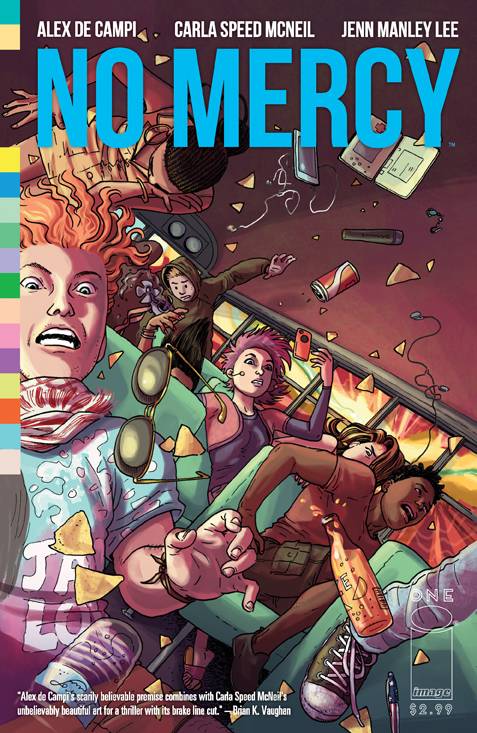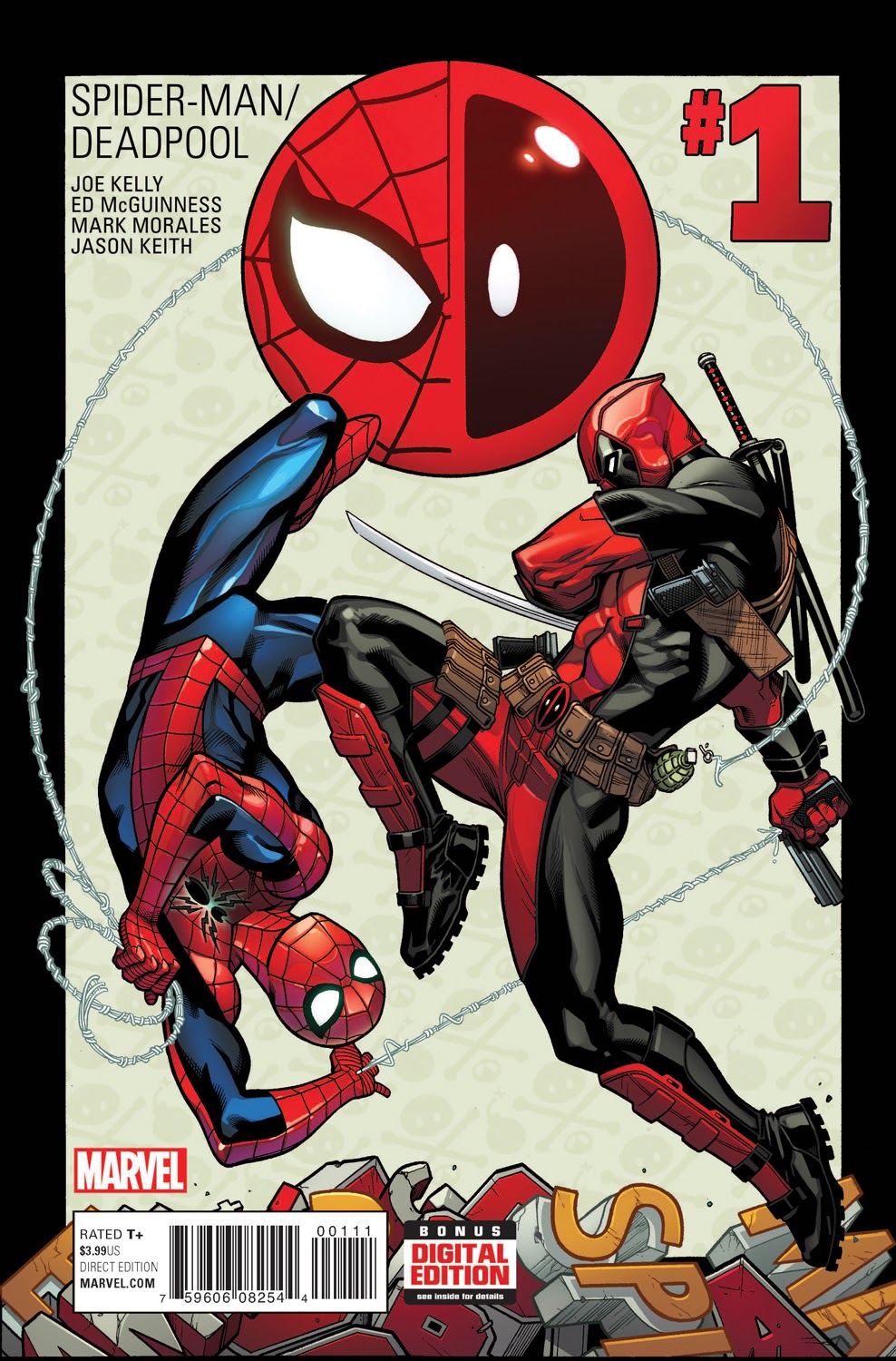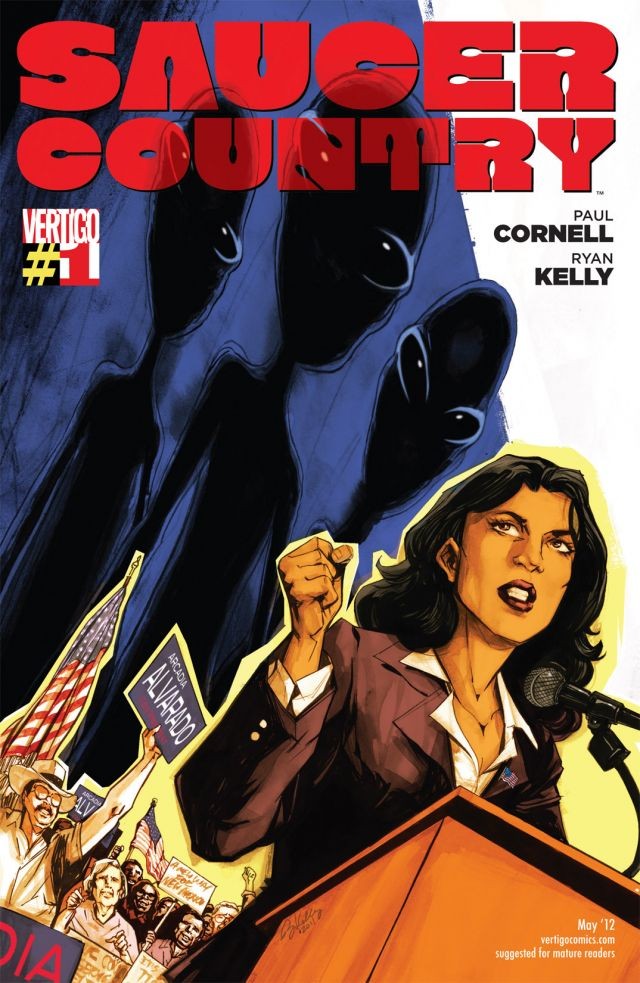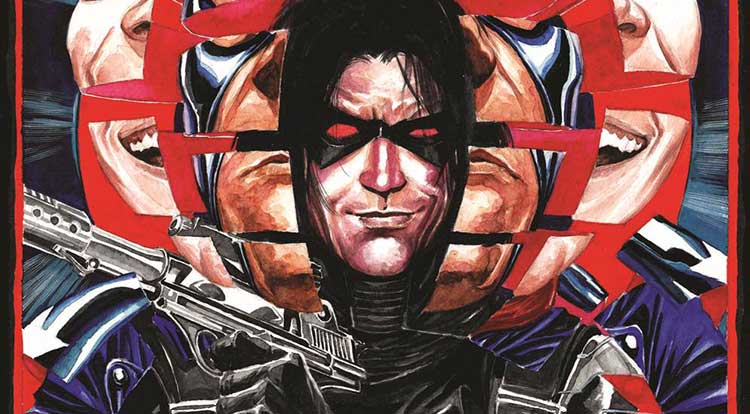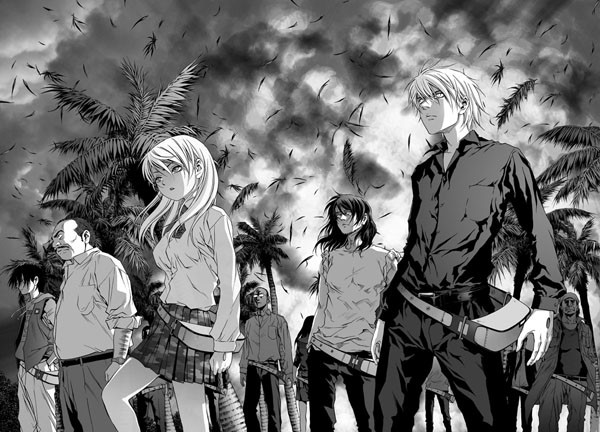No Mercy #1
Alex de Campi – Writes (@alexdecampi)
Carla Speed McNeil – Draws (@cspeedmcneil)
Jenn Manley Lee – Colours (@jemale)
Review by Joey Braccino
“So when Princeton e-mails all of us little hyperachievers about a pre-freshman trip to build schools? We’re, like, pavlovianly conditioned to leap at it.”

The reason why teenagers make for, like, the best characters for any sort of disaster or thriller story is because any terrible, cataclysmic, terrifying turn-of-events can (and will) inevitably be close-read as metaphorically indicative of the coming-of-age experience. Traversing high school, moving on to college, first love, sexual discovery, navigating peer relationships, finding adult mentors—all of these can easily transmorph into dystopian battle royales, alien encounters, global warming, werewolves, etc.
What makes Alex de Campi and Carla Speed McNeil’s take on this teens-as-struggling-victims narrative in No Mercy so very, very effective is that they keep the whole thing so grounded, so utterly believable, that the terror and anxiety of each and every character is palpable and moving.
In No Mercy, a group of high-achieving, uber-privileged American students fly into Mataguey, a fictional Latin American nation for what is supposed to be a volunteer trip to build schools or churches or whatever it is that looks really really good on those college resumés. These students are on their way to Princeton in the fall, so this is one last thing to make them stand out and seem impressive as they move on to their next stage of trying to stand out and seem impressive in college. The first half of the issue introduces these students and their woefully ignorant, America-centric egotism in this foreign land. We spend time with this band of smartphoning, tweeting, instagramming, stat-spouting teenagers at the airport (“the airport smells like taco bell and pee #LatinAdventure) and on the bus (where we’re treated to a new lifestyle called Freeganism), and, by the time the inevitable tragedy occurs that kickstarts the entire narrative, I’m not quite sure we’re supposed to like these kids very much. If you want to know what said tragedy is, check out the cover. It involves a bus, a cliff, and a very, very steep tumble.
De Campi does a spectacular job of really hitting these kids’ closed-off worldview and the limitations of their American Exceptionalism hard from the outset. I’ve been a fan of de Campi’s since her 2013 digital comic, Valentine, and her grasp of characterization and naturalism is astounding. Speaking as an educator in a high-performing district, the anxiety and stress that some of these characters feel to fit in, to be the best, to ramp up their “performance profile”—it’s all very, very accurate. And their dependence on their cellphones, of course. Though we’re only greeted to passing interactions between these characters, de Campi very clearly establishes the potential conflicts that will arise as the kids struggle to survive in the Matagueyan wilderness amid coyotes and drug lords.
Much of No Mercy’s success comes from McNeil and Lee’s stunning, gorgeous artwork. McNeil’s figurework walks the fine line between realism and cartooning, resulting in a vibrant energy and vigor. In many ways, No Mercy is reminiscent of Image’s other big teenage drama, Morning Glories, in its dynamism and naturalism, but stripped of the wacky sci-fi hoopla. McNeil’s straightforward visuals and Lee’s muted, realistic color palette help that maintained that grounded narrative.
Verdict
BUY. No Mercy is rife with social, political, and cultural commentary, all rooted in the teenage experience in the 21st century. Alex de Campi, Carla Speed McNeil, and Jenn Manley Lee give us one heck of a debut issue (with one heck of a cliffhanger) loaded with narrative threads that I simply cannot wait to see unravel over the next few issues. Check it!

